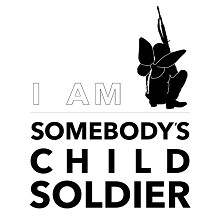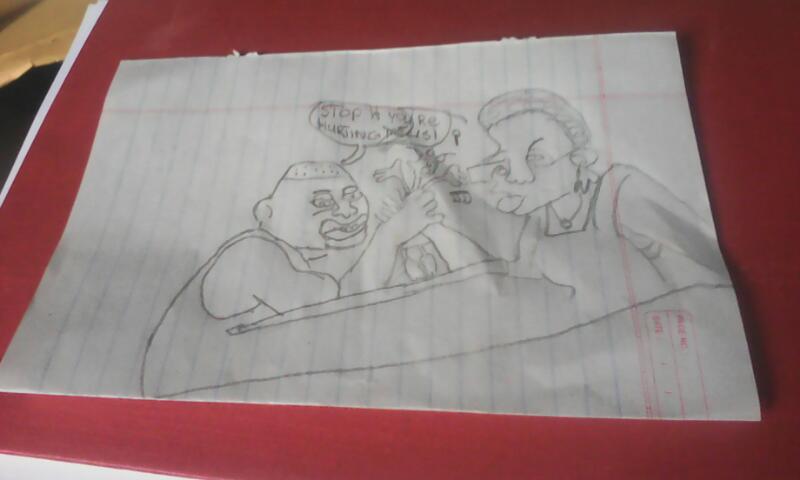Overview of the conflict and IAMSCS’ main actions
TIMELINE
- 1980 – 1986: Civil War in Northern Uganda known as “Bush War”
- 1986 : Yoweri Museveni, head of the National Resistance Army (NRA), seized control of Uganda and declared himself President
- 1987: Militant groups appeared to displace his government (the most significant was the LRA (Lord’s Resistance Army) led by Joseph Kony
- 1987 : Beginning of the Civil War in Northern Uganda
- 1990 : Over 20 militant groups were involved in the Civil War
- December 2008: official end of the Civil war
- 2012: last activities reported from LRA in Northern Uganda
WHAT THE WAR LEFT BEHIND…
- More than 60,000 children were abducted
- More than 10,000 civilians were killed
- More than 2 million people in Northern Uganda were displaced
WHAT IAMSCS IS PROVINDING
1- Access to education
- 601 pupils from 6 to 19 years old are currently attending our local partner school in Gulu district called Laroo ADRA School. Gulu district is where most of the fighting between the Uganda Army and militant groups took place.
- 236 boys and 365 girls are attending Laroo ADRA school at the primary level education as of January 2019.
2- Access to sustainable livelihood initiatives for women returnees (former female abductees who suffered sexual violence in conflict)
- 185 women returnees provided with initial investment in a form of equipment necessary for their businesses. Namely, sewing machines, hoes, seeds, kitenge (material).
- Business training sessions through partnership with local skills training academy called VAC-NET.
3- Access to group therapy by holding several ‘Story circles’ at Laroo ADRA school for the children to share their stories in a safe space.
SOURCES
- https://www.edukid.org.uk/news/ugandan-civil-war-brief-history/
- https://invisiblechildren.com/challenge/
- The Lord’s Resistance Army of Today, Ledio Cakaj , November 2010, Enough




